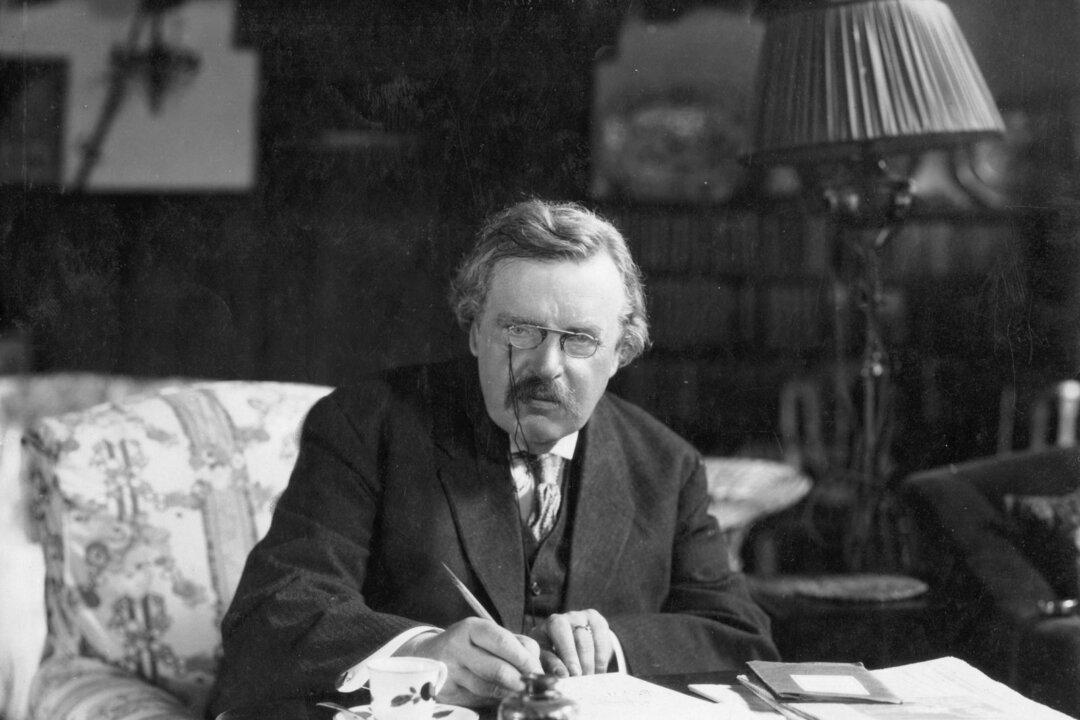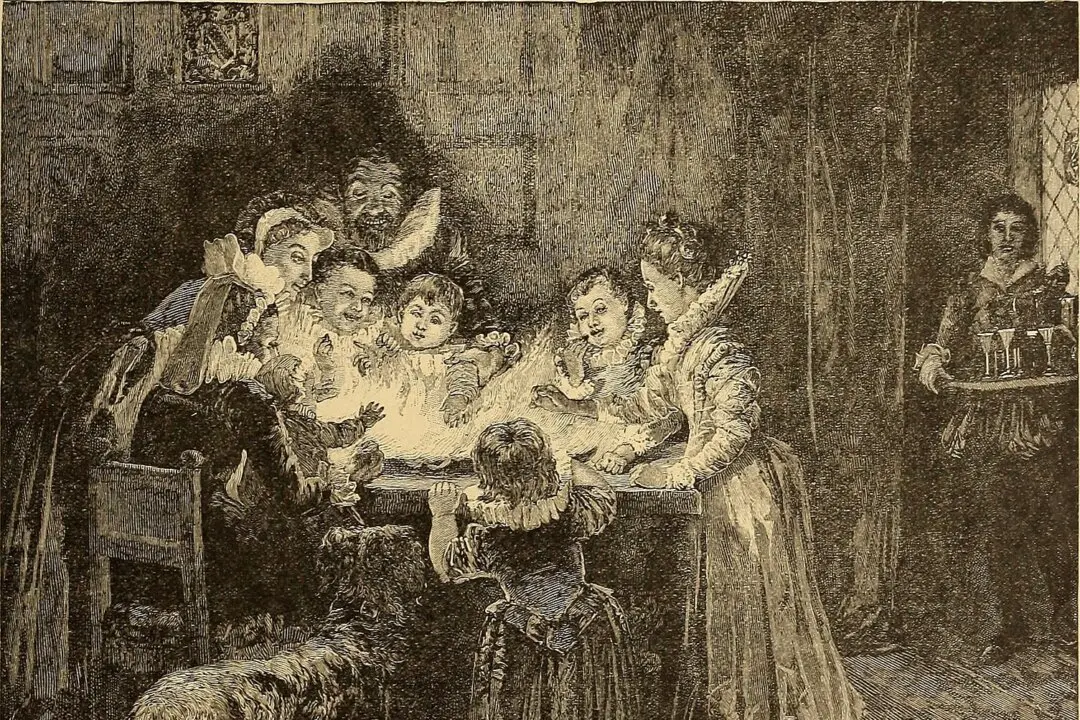An ancient network of pilgrim paths crisscrosses Europe. They meet at the tomb of St. James in northwestern Spain, like veins leading to a heart. These roads are known as the Camino de Santiago, or the Way of St. James. Hundreds of thousands of pilgrims walk these routes each year, treading the same ground as countless generations of wayfarers before them. The tradition stretches all the way back to the ninth century, when the routes were first established.
These paths have known the songs and steps of untold numbers of pilgrims over the centuries—so many life stories, so many journeys, both spiritual and physical, have intersected with the Camino and settled into the history of the road like dust. Pilgrims on the Camino carry special passports that, over the course of the journey, fill with stamps from historic sites along the routes, as the hikers’ memories fill with stamps of faces, views, experiences, and interior epiphanies.






